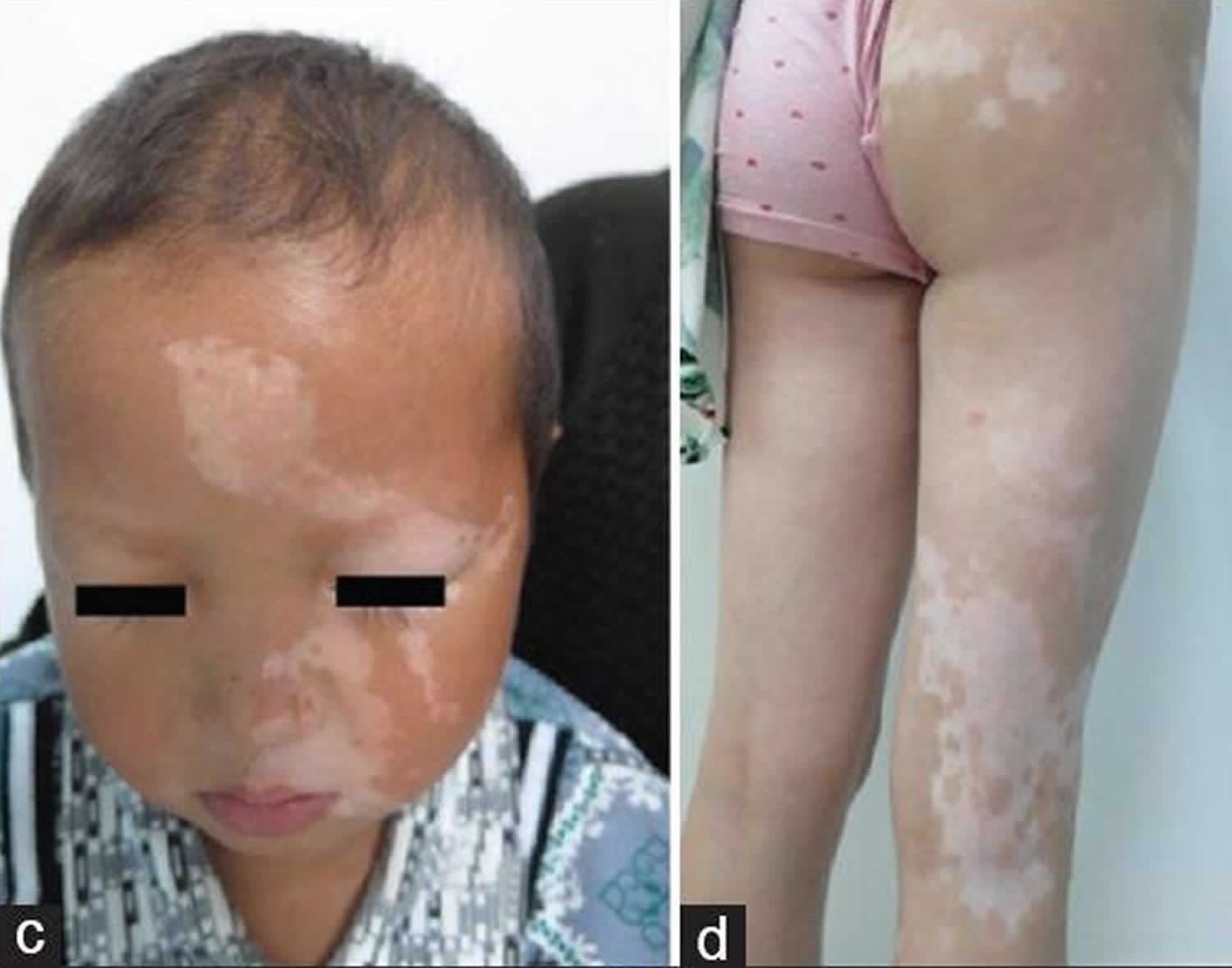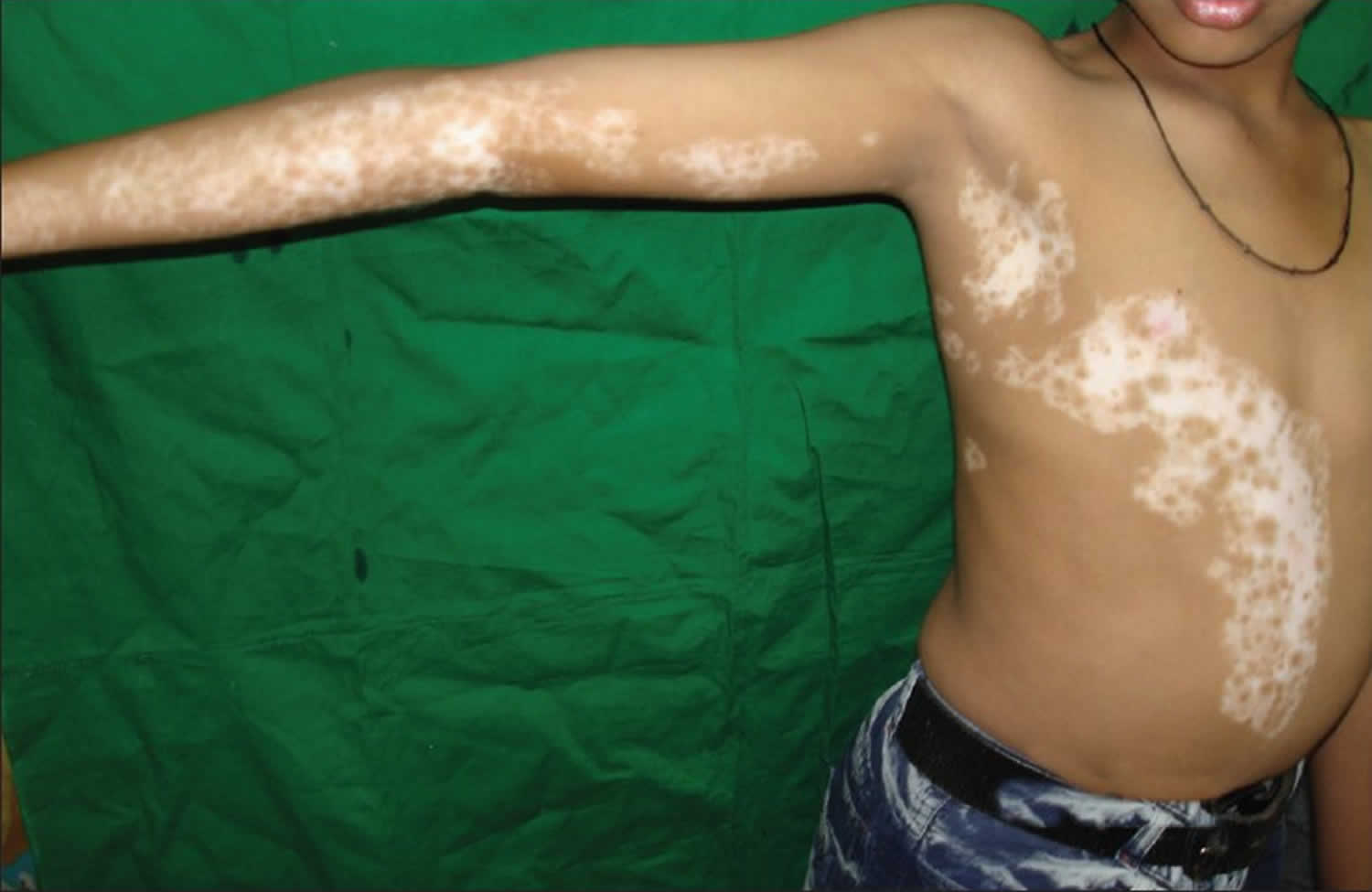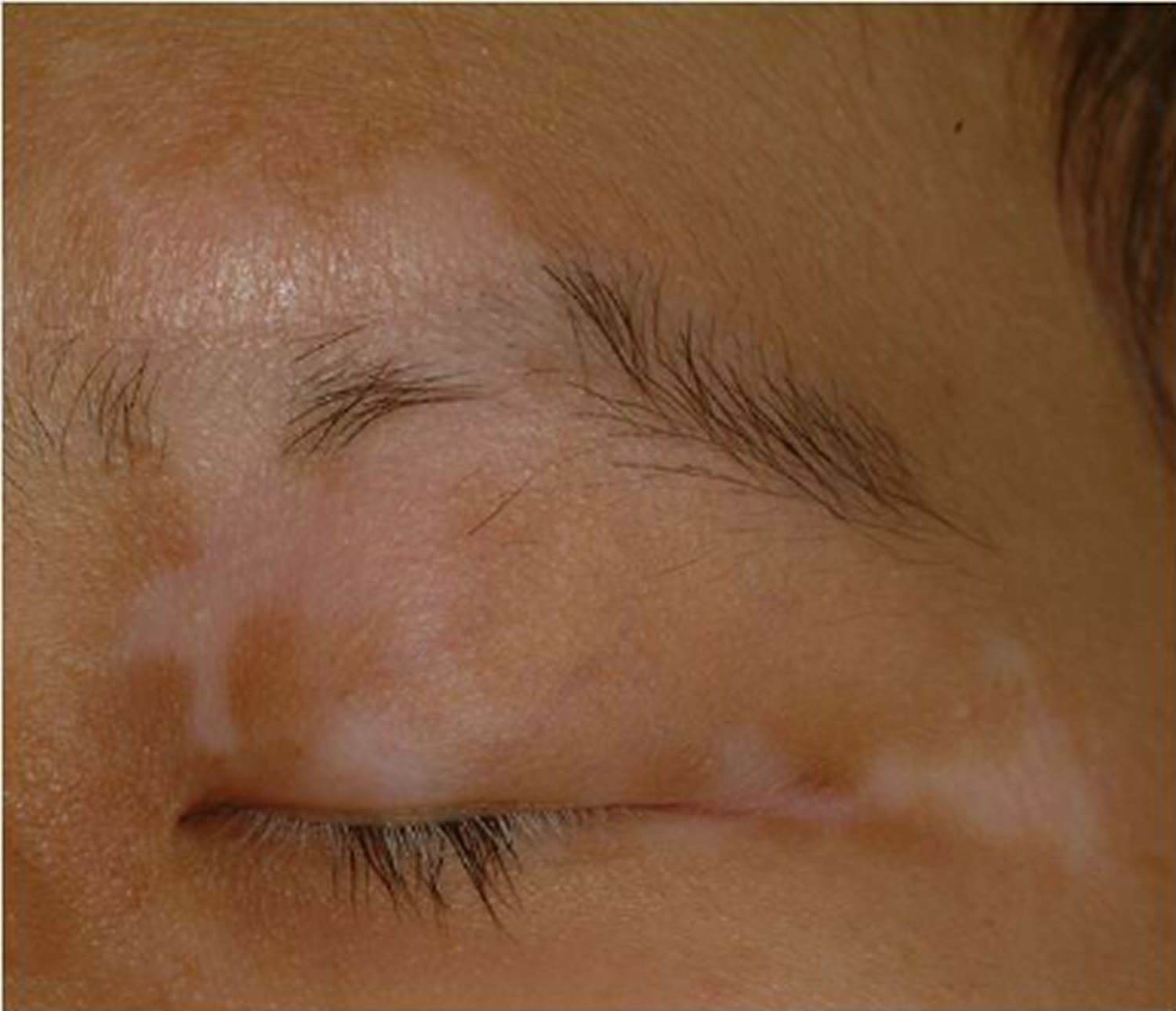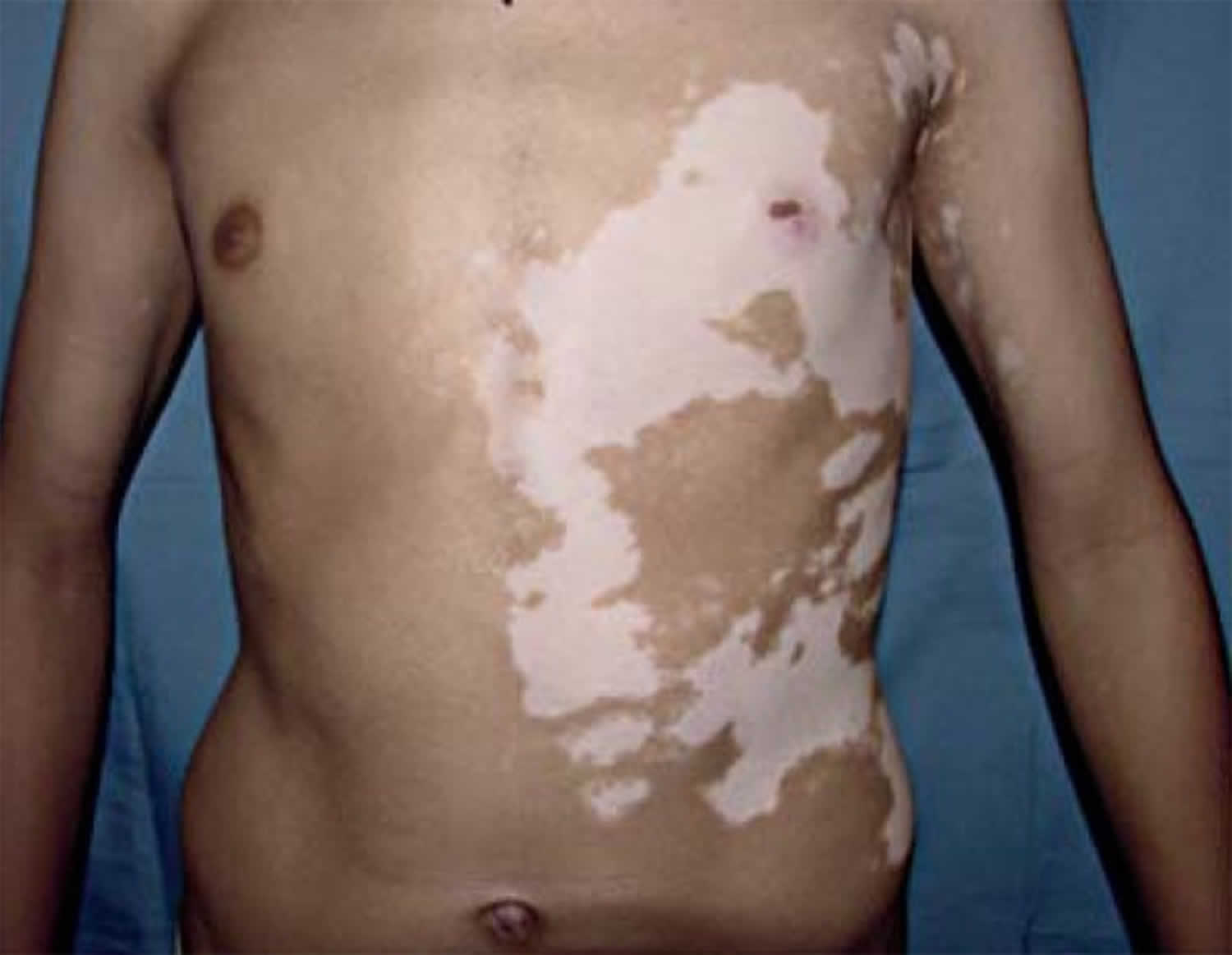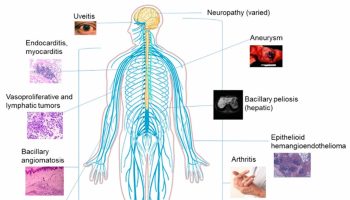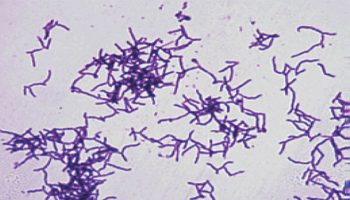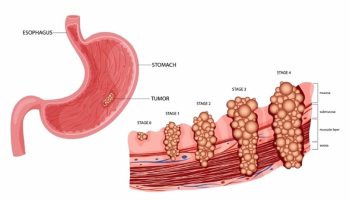Segmental vitiligo
Segmental vitiligo is a subtype of vitiligo characterized by depigmented macules or patches arranged in a patterned distribution that is refractory to medical treatment but excellent response to surgical treatment 1. Vitiligo is an acquired disorder characterized by depigmented macules or patches on the skin due to the loss of functional melanocytes. Vitiligo is thought to be a systemic autoimmune disorder, associated with deregulated innate immune response.
Various definitions and terminologies have been used for segmental vitiligo. In the dermatosurgery literature, unilateral vitiligo has been used as a synonym for segmental vitiligo 2. While unilaterality is an important criterion, it is not the sole criterion. Rarely, segmental vitiligo can cross the midline 3, occur in two contralateral segments 4 or be associated with a symmetrical, generalized vitiligo 5. Furthermore, all vitiligo that begins with a single lesion will be unilateral until other lesions develop rendering unilaterality as an inadequate single criterion for this type of disease 6. Similarly, limited extent of involvement as a sole defining characteristic may not be enough to diagnose segmental vitiligo as generalized vitiligo may be localized to one body part for variable periods early in their evolution. In 2007 the Vitiligo European Taskforce came to a consensus about the classification of vitiligo. They decided on four main categories with subtypes.
Table 1. Vitiligo classification
| Classification | Subtype | Comments |
| Nonsegmental vitiligo | Focal Mucosal Acrofacial Generalised Universal | Tends to be bilateral and symmetrical in distribution. Stable or unstable |
| Segmental vitiligo | Focal Mucosal Unisegmental, bi- or multisegmental | Single white patch in 90% Border often irregular Affects young people Stable after the first six months to one year Cutaneousmosaicism (Blaschko, dermatomal, phylloid, checkerboard patterns) |
| Mixed vitiligo | Nonsegmental combined with segmental vitiligo | Rare |
| Unclassified vitiligo | Focal at onset Multifocal asymmetrical non-segmental Unifocal mucosal | Early disease |
Segmental vitiligo constitutes 5 to 27.9 percent of studied cases of vitiligo 7. Segmental vitiligo accounts for 30 percent of cases of childhood vitiligo 8. An Indian study reported a prevalence of 6.7 percent among patients with vitiligo in India 9. Segmental vitiligo has an early onset in childhood. The lesions develop rapidly over a short period of time in a localized area, then remain stable. The pattern of distribution of lesions can be dermatomal, blaschkoid, phylloid, or checkerboard 10.
Segmental vitiligo is usually refractory to medical treatment, such as topical steroids, topical calcineurin inhibitors, psoralen ultraviolet A, and narrowband ultraviolet B are effective in repigmenting focal and generalized vitiligo, however, their efficacy in segmental vitiligo is more limited 11. However, when treated early after onset, the lesions seem to be more sensitive to medical therapy 12. In one study, a potent topical corticosteroid was reported to provoke over 50-percent repigmentation in 34.2 percent of patients 13.
Surgical intervention is a preferred intervention modality 14. Surgical therapy alone or in combination with adjuvant medical treatment often produces a satisfactory response in segmental vitiligo 15. Though surgery often results in satisfactory repigmentation in most cases, it is difficult to conduct in children and is often associated with complications, including color mismatch, cobblestoning, and donor site scarring 16.
Vitiligo results in reduced quality of life and psychological difficulties in many patients, especially in adolescents and in females. The psychosocial impacts of vitiligo tend to be more severe in some countries, cultures and religions than in others. Family support, counselling and cognitive behavioural treatment can be of benefit.
Figure 1. Segmental vitiligo
Footnote: Segmental vitiligo following Blaschko’s lines, affecting only 1 segment. Single segment may extend on 2 different anatomical sites.
[Source 17 ]Figure 2. Segmental vitiligo on the face
Figure 3. Segmental vitiligo abdomen
Figure 4. Segmental vitiligo in child
Segmental vitiligo causes
Several hypotheses have been proposed for the pathogenesis of segmental vitiligo, including neuronal mechanism, somatic mosaicism, microvascular skin-homing, and a combination three-step theory 18. There is a lower incidence of autoimmunity and family history in segmental vitiligo 17.
Segmental vitiligo diagnosis
Vitiligo is usually a clinical diagnosis, and no tests are necessary to make the diagnosis. In most cases, it is fairly easy to recognize segmental vitiligo due to its unilateral and patterned distribution.
The white patches may be seen more easily under Wood lamp examination (blacklight). Dermoscopy characteristically shows a white glow.
Occasionally skin biopsy may be recommended, particularly in early or inflammatory vitiligo, when a lymphocytic infiltration may be observed. Melanocytes and epidermal pigment are absent in established vitiligo patches.
Blood tests to assess other potential autoimmune diseases or polyglandular syndromes may be arranged, such as thyroid function, B12 levels and autoantibody screen.
Clinical photographs are useful to document the extent of vitiligo for monitoring. Serial digital images may be arranged on follow-up. The extent of vitiligo may be scored according to the body surface area affected by depigmentation.
Segmental vitiligo treatment
Segmental vitiligo is usually refractory to medical treatment, such as topical steroids, topical calcineurin inhibitors, psoralen ultraviolet A (PUVA) and narrowband ultraviolet B 11. However, when treated early after onset, the lesions seem to be more sensitive to medical therapy 12. In one study, a potent topical corticosteroid was reported to provoke over 50-percent repigmentation in 34.2 percent of patients 13.
Surgical intervention is a preferred intervention modality 14. Surgical therapy alone or in combination with adjuvant medical treatment often produces a satisfactory response in segmental vitiligo 15. Though surgery often results in satisfactory repigmentation in most cases, it is difficult to conduct in children and is often associated with complications, including color mismatch, cobblestoning, and donor site scarring 16.
Cosmetic camouflage can disguise vitiligo. Options include:
- Make-up, dyes and stains
- Waterproof products
- Dihydroxyacetone-containing products “tan without the sun”
- Micropigmentation or tattooing for stable vitiligo.
Sun protection: stay indoors when sunlight is at its peak, cover up with sun protective clothing and apply SPF 50+ sunscreen to exposed skin.
- White skin can only burn on exposure to ultraviolet radiation (UVR); it cannot tan.
- Sunburn may cause vitiligo to spread.
- Tanning of normal skin makes vitiligo patches appear more visible.
Surgical treatment of stable vitiligo
Surgical treatment for stable and segmental vitiligo requires removal of the top layer of vitiligo skin (by shaving, dermabrasion, sandpapering or laser) and replacement with pigmented skin removed from another site.
Techniques include:
- Non-cultured melanocyte-keratinocyte cell suspension transplantation.
- Punch grafting
- Blister grafts, formed by suction or cryotherapy
- Split skin grafting
- Cultured autografts of melanocytes grown in tissue culture.
Depigmentation therapy
Depigmentation therapy, using monobenzyl ether of hydroquinone, may be considered in severely affected, dark-skinned individuals.
Cryotherapy and laser treatment (eg, 755-nm Q-switched alexandrite or 694 nm Q-switched ruby) have also been used successfully to depigment small areas of vitiligo.
Segmental vitiligo prognosis
Segmental vitiligo disease duration was a statistically significant factor in the outcome of segmental vitiligo 1. Segmental vitiligo disease duration was negatively correlated with the success of treatment 19. Bae Jung et al 20 reported that a disease duration of more than 12 months was an independent prognostic factor in the outcome of the disease. In another study 1, segmental vitiligo disease duration duration of more than six months negatively affected the success rate. The site of involvement is also an important factor in the treatment outcome 21. Patients with facial lesions respond faster to treatment relative to those with acral lesions.
- Shah S, Sakhiya J, Deshpande P, Sakhiya D, Inamadar AC. Safety and Efficacy of the Combination of 308-nm Monochromatic Excimer Light and Topical 0.1% Tacrolimus Ointment in Segmental Vitiligo: An Open-label Study. J Clin Aesthet Dermatol. 2020;13(2):E69-E75. https://www.ncbi.nlm.nih.gov/pmc/articles/PMC7158913[↩][↩][↩]
- Barona MI, Arrunategui A, Falabella R, Alzate A. An epidemiological case-control study in a population with vitiligo. J Am Acad Dermatol 1995;33:621-5.[↩]
- Hann SK, Chang JH, Lee HS, Kim SM. The classification of segmental vitiligo on the face. Yonsei Med J 2000;41:209-12.[↩]
- Hann SK. Clinical features of segmental Vitiligo. In: Hann SK, Nordlund JJ, editors. Vitiligo, 1 st ed. UK: Blackwell Science; 2000. p. 49-60.[↩]
- Ezzedine K, Diallo A, Léauté-Labrèze C, Séneschal J, Prey S, Ballanger F, et al. Halo naevi and leukotrichia are strong predictors of the passage to mixed vitiligo in a subgroup of segmental vitiligo. Br J Dermatol 2012;166:39-44.[↩]
- Hann SK, Chung HS, Park YK. Epidemiologic case-control study in patients with vitiligo. J Am Acad Dermatol 1997;36:282-3.[↩]
- Koga M, Tango T. Clinical features and course of type A and type B vitiligo. Br J Dermatol. 1988 Feb;118(2):223-8. doi: 10.1111/j.1365-2133.1988.tb01778.x[↩]
- Hann SK, Lee HJ. Segmental vitiligo: clinical findings in 208 patients. J Am Acad Dermatol. 1996 Nov;35(5 Pt 1):671-4. doi: 10.1016/s0190-9622(96)90718-5[↩]
- Khaitan BK, Pasricha JS, Sood A. clinical profile of 450 Indian vitiligo patients. American Academy of Dermatology 61st Annual Meeting; March 21–26, 2003; San Francisco, CA.[↩]
- van Geel N, Bosma S, Boone B, Speeckaert R. Classification of segmental vitiligo on the trunk. Br J Dermatol. 2014 Feb;170(2):322-7. https://doi.org/10.1111/bjd.12652[↩]
- Alikhan A, Felsten LM, Daly M et al. Vitiligo: a comprehensive overview Part I. Introduction, epidemiology, quality of life, diagnosis, differential diagnosis, associations, histopathology, etiology, and work-up. J Am Acad Dermatol. 2011;65(3):473–491.[↩][↩]
- Park JH, Park SW, Lee DY, Lee JH, Yang JM. The effectiveness of early treatment in segmental vitiligo: retrospective study according to disease duration. Photodermatol Photoimmunol Photomed. 2013 Apr;29(2):103-5. doi: 10.1111/phpp.12029[↩][↩]
- Khalid M, Mujtaba G. Response of segmental vitiligo to 0.05% clobetasol propionate cream. Int J Dermatol. 1998 Sep;37(9):705-8. doi: 10.1046/j.1365-4362.1998.00557.x[↩][↩]
- Lee DY, Kin CR, Park JH et al. The incidence of leukotrichia in segmental vitiligo: implication of poor response to medical treatment. Int J Dermatol. 2011;50(8):925–927.[↩][↩]
- Lee DY, Park JH, Lee JH, Yang JM, Lee ES. Surgical treatment is indicated in long-duration segmental vitiligo. Dermatol Surg. 2010 Apr;36(4):568-9. doi: 10.1111/j.1524-4725.2010.01501.x[↩][↩]
- Lee DY, Park JH, Lee JH et al. Surgical treatment is indicated in long-duration segmental vitiligo. Dermatol Surg. 2010;36(4):568–569.[↩][↩]
- Khaitan BK, Kathuria S, Ramam M. A descriptive study to characterize segmental vitiligo. Indian J Dermatol Venereol Leprol. 2012 Nov-Dec;78(6):715-21. doi: 10.4103/0378-6323.102362 https://www.ijdvl.com/text.asp?2012/78/6/715/102362[↩][↩]
- van Geel N, Speeckaert R. Segmental Vitiligo. Dermatol Clin. 2017 Apr;35(2):145-150. https://doi.org/10.1016/j.det.2016.11.005[↩]
- van Geel N, Speeckaert R. Segmental Vitiligo. Dermatol Clin. 2017 Apr;35(2):145-150. doi: 10.1016/j.det.2016.11.005[↩]
- Bae JM, Yoo HJ, Kim H, Lee JH, Kim GM. Combination therapy with 308-nm excimer laser, topical tacrolimus, and short-term systemic corticosteroids for segmental vitiligo: A retrospective study of 159 patients. J Am Acad Dermatol. 2015 Jul;73(1):76-82. doi: 10.1016/j.jaad.2015.04.008[↩]
- Cho S, Zheng Z, Park YK, Roh MR. The 308-nm excimer laser: a promising device for the treatment of childhood vitiligo. Photodermatol Photoimmunol Photomed. 2011 Feb;27(1):24-9. doi: 10.1111/j.1600-0781.2010.00558.x[↩]
